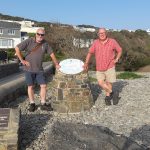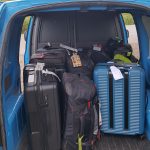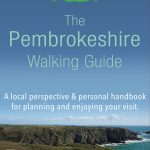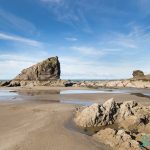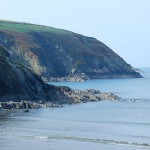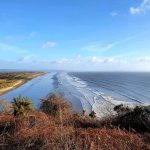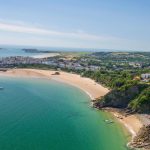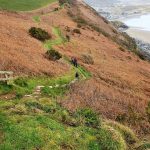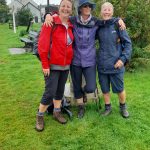Personal Walking Safety
Looking after yourself and your feet
Blisters
Blisters are the bug-bear of the walker, and especially the long distance walker, and I know all about blisters. Even though they are simply the result of friction, they can make a walk a miserable experience and stop an exciting expedition in it’s tracks…
Try the following tips to help prevent those nasty blisters:
Wear comfortable, proper-fitting, well worn-in boots or Trainers (as a relief from the boots), especially on long, hard terrain walks.
Check your feet carefully and regularly for any sign of rubbing and tenderness, although you may realise this is happening anyway!!
Walk as much as possible in your boots so that hard skin develops at friction points and act immediately you feel any friction or discomfort: as you know blisters can form very quickly.
Wear good walking socks in the right size; consider wearing two pairs. Keep your toenails trim Change your socks daily. Socks can be the main protection against blisters, go for more wool and less cotton.
Use the following guidelines when buying socks:
Amount of Wool = between 40% and 80%:
Amount of Acrylic = between 30% and 90%:
Amount of Nylon = between 10% and 30%, some people say Nylon is not needed.
You also need to decided whether to wear two pairs of socks or one pair of double layered socks.
Always remove any foreign bodies from your socks and boots, as soon as possible.
Ensure that the tongue and laces of your boots are arranged correctly and evenly.
Body Temperature
There is a lot of information about what happens if your body temperature gets to cold, know as Primary hypothermia, but the HOT WEATHER can cause problems as well and Hypothermia sets in.
Be very careful when walking in hot weather as it can make you over heat and this can lead to a lot of trouble. We are not just talking about hot countries here but more importantly in the UK where you may go out not really prepared for getting over heated. If you get cold you can put more clothes on, but there are only so many cloths you can take of.
Plenty of water, and drink it, it is not doing you any good if you are over heating and some of the reason is you are making you pack heavier by carrying instead of drinking the water. A good rule of thumb is to start a walk having had 1 pint of water, then replenishing with a cup of water every 15-20 minutes. This will help stop Dehydration, but still be aware of feeling ill.
Signs of dehydration: Dry mouth, fatigue, dizziness, stomach ache, back pain, headache, irritability, decreased urination.
The correct clothes – light and breathable clothing.
A hat or something to cover your head – if you get sunstroke at the least you will feel sick, give you headaches and can go on to make you very very ill.
Don’t be a hero, however fit you are the hot weather can take it out of you so plan/change your route accordingly and rest more often. If you are on a long walk, taking days, and you have planned a couple of rest days into you trip maybe if you get a very hot day this could become a rest day.
Salt replenishing “sports” drinks to stop Hyponatremia – This is caused by sweating which removes both water and salts – electrolytes – from your body as you walk. To much water can be drunk sometimes and this will help to loose salt from the body. It is a good idea to drink 1 bottle of sports drink for every 2 bottles of water. Eating salty snacks such as crisps before and during long walks is another source of salt. Instead of carrying more weight in the form of “sports” drinks, carry electrolytes based powders and add them to the water you are already carrying. Signs of hyponatremia: nausea, headache, cramps, confusion, slurred speech, bloating and swollen hands.


